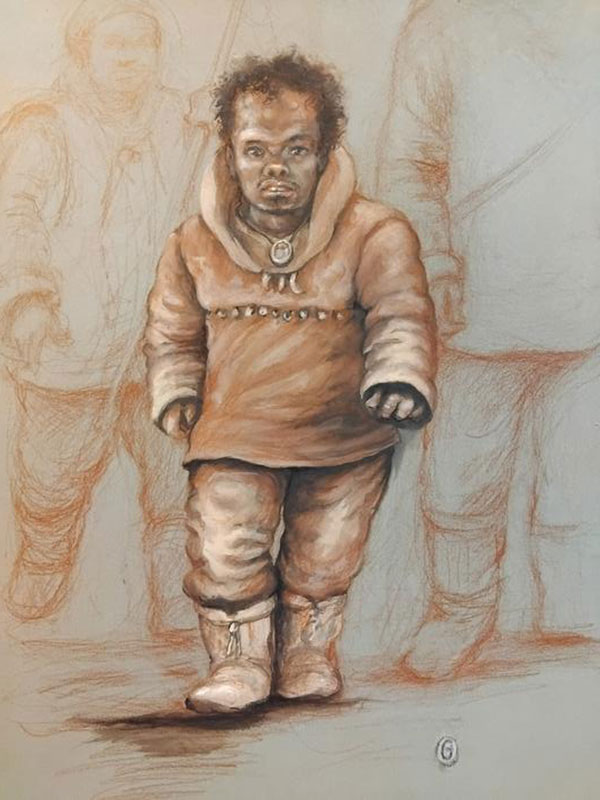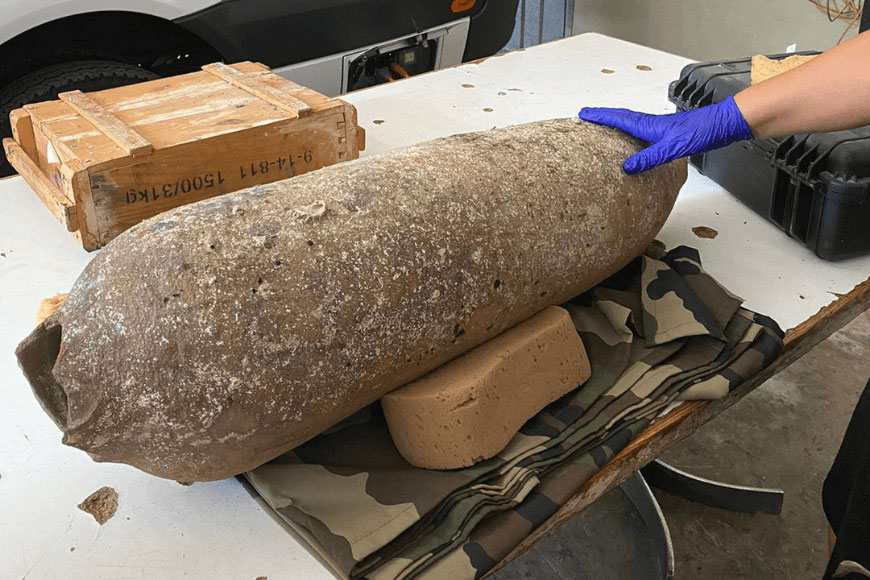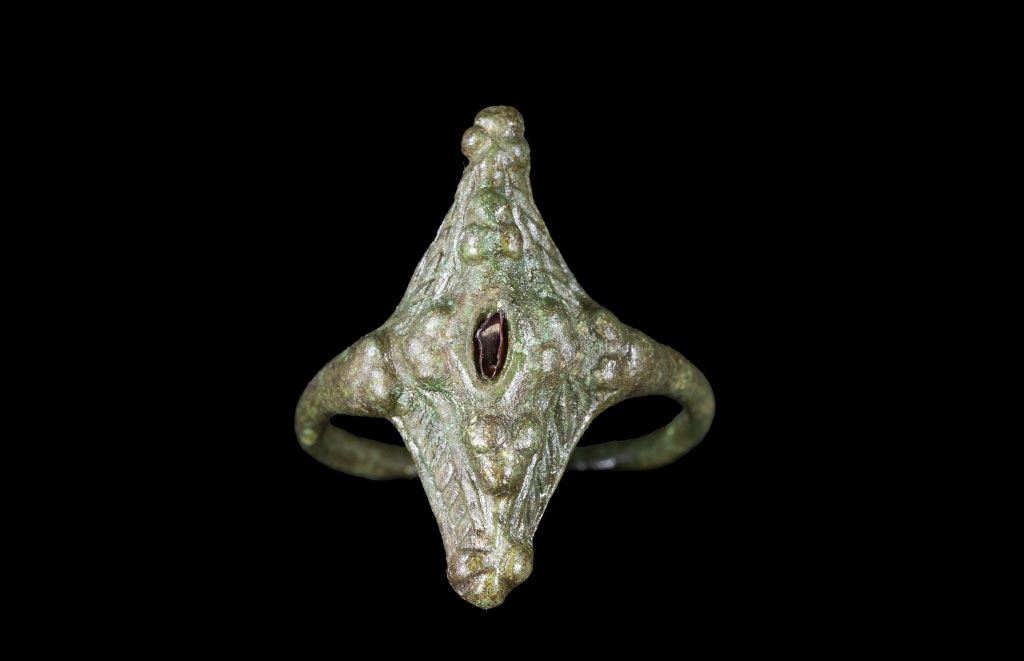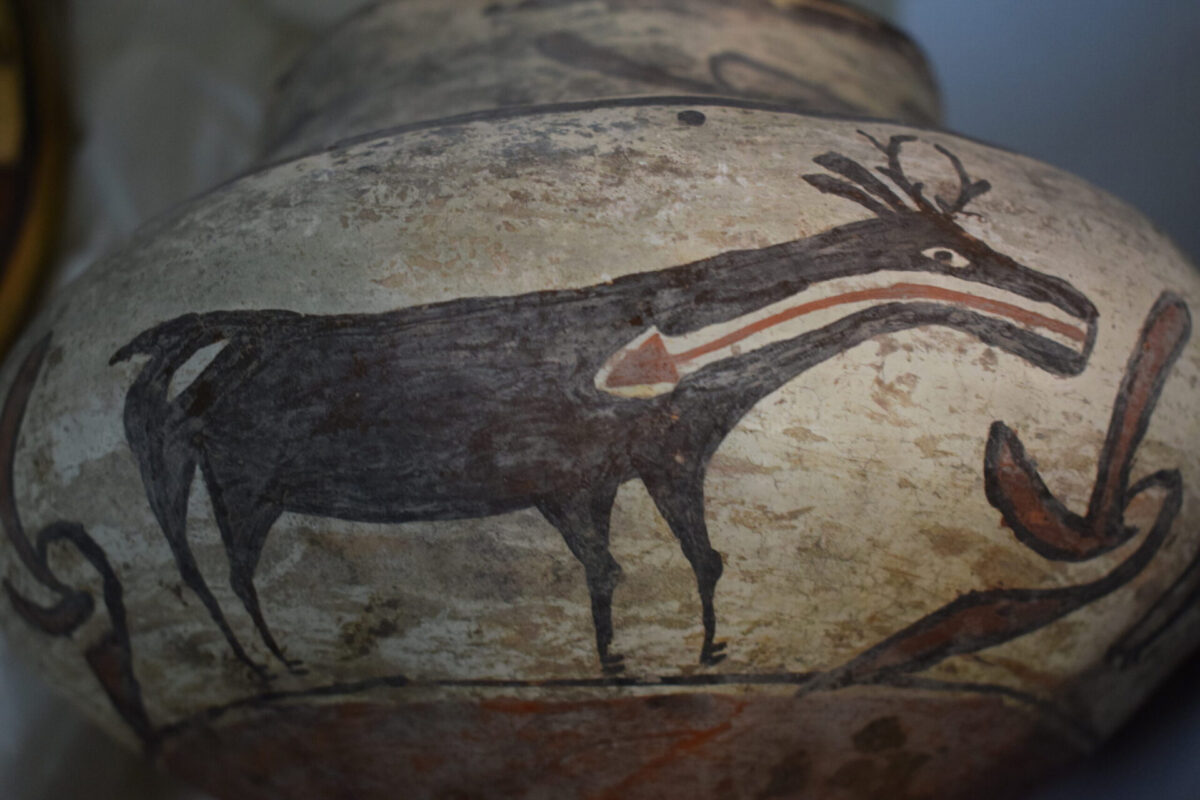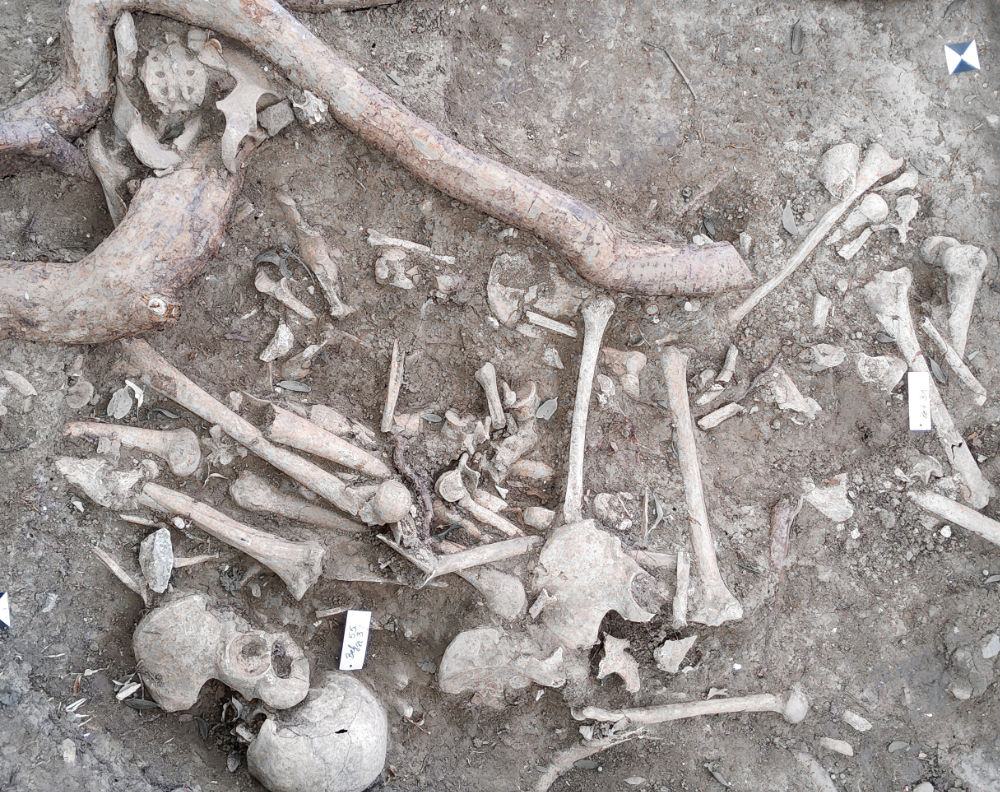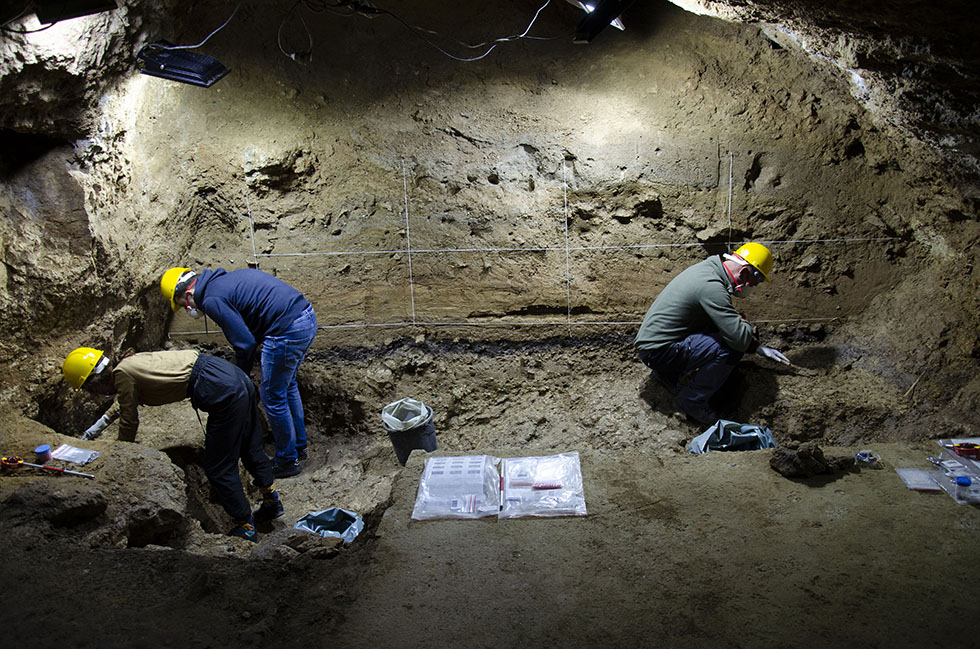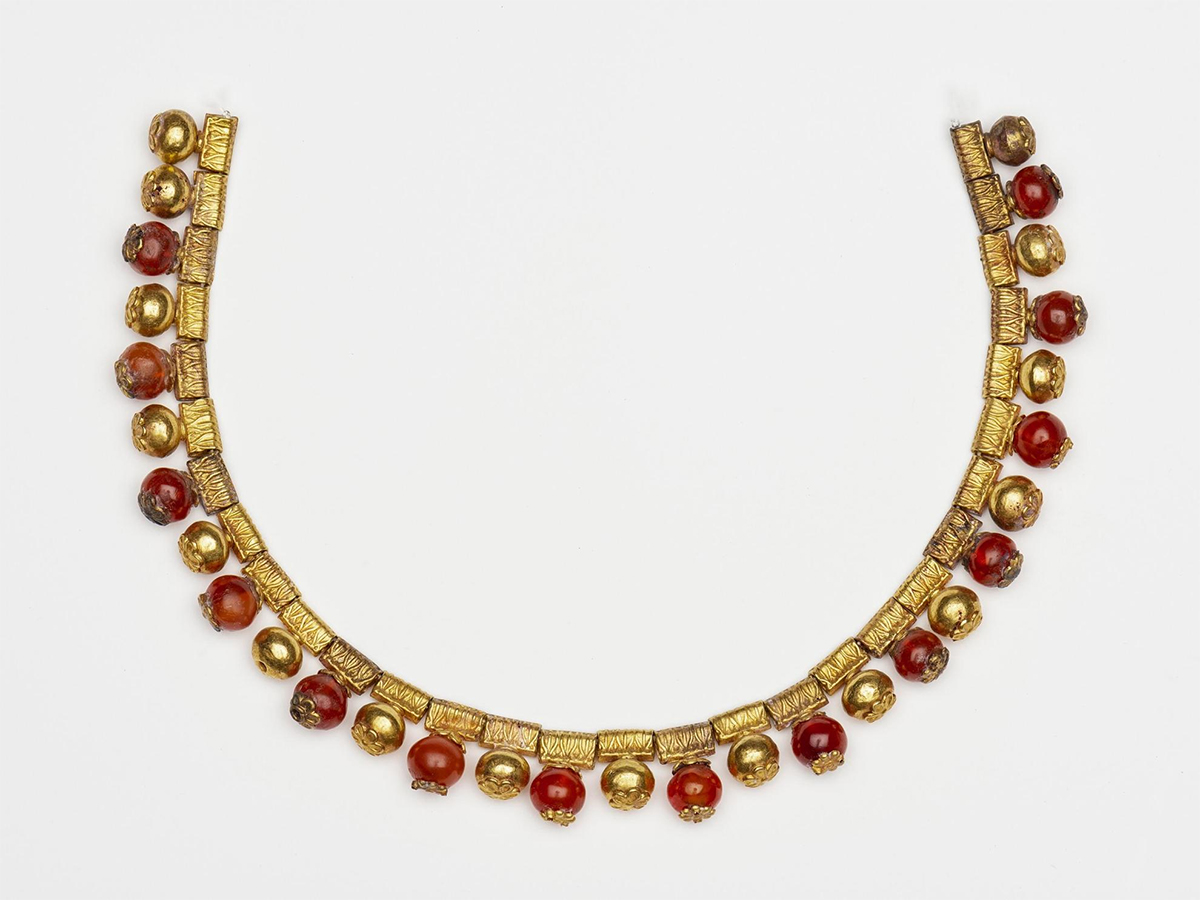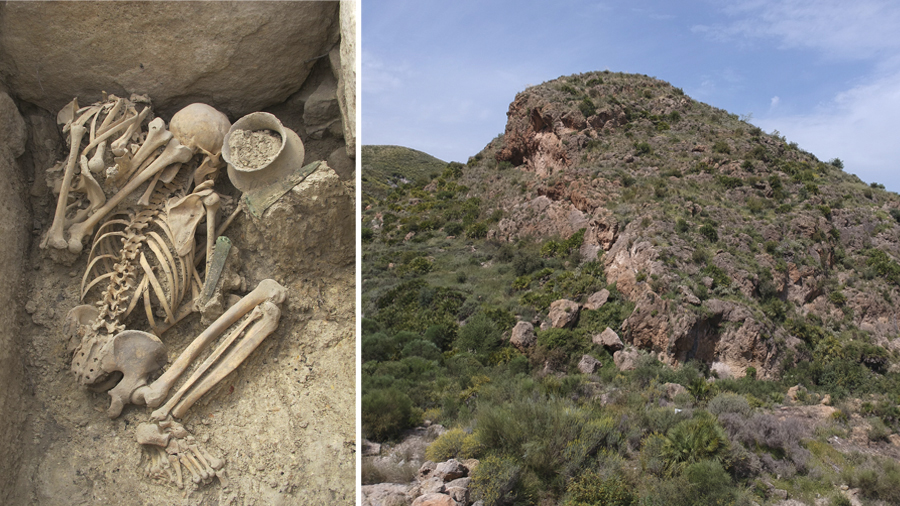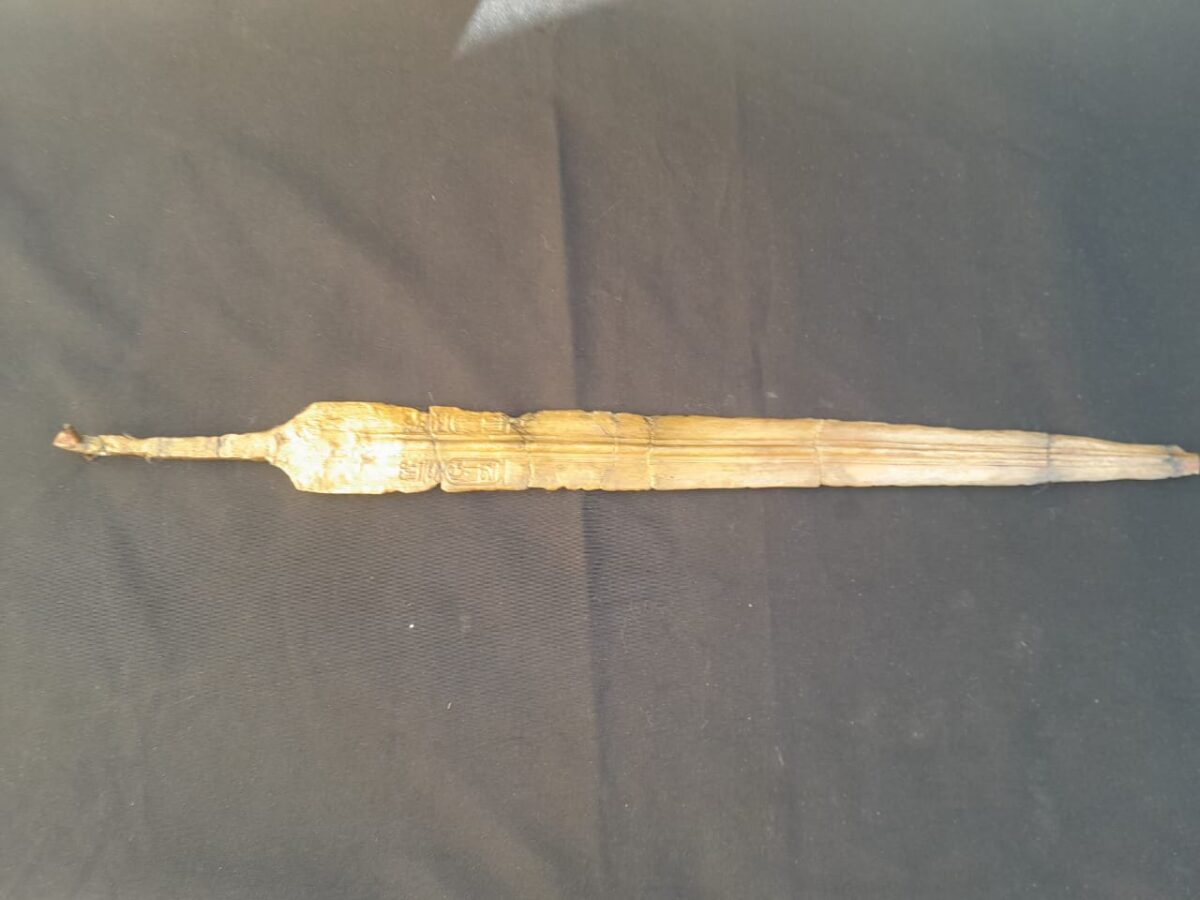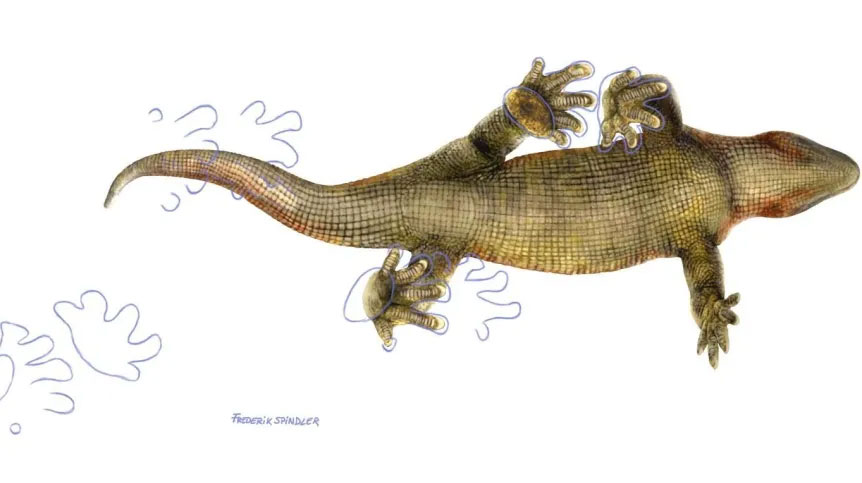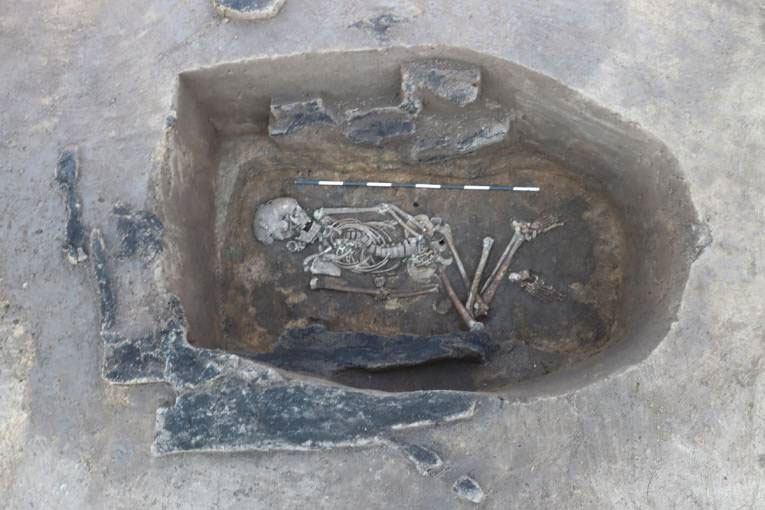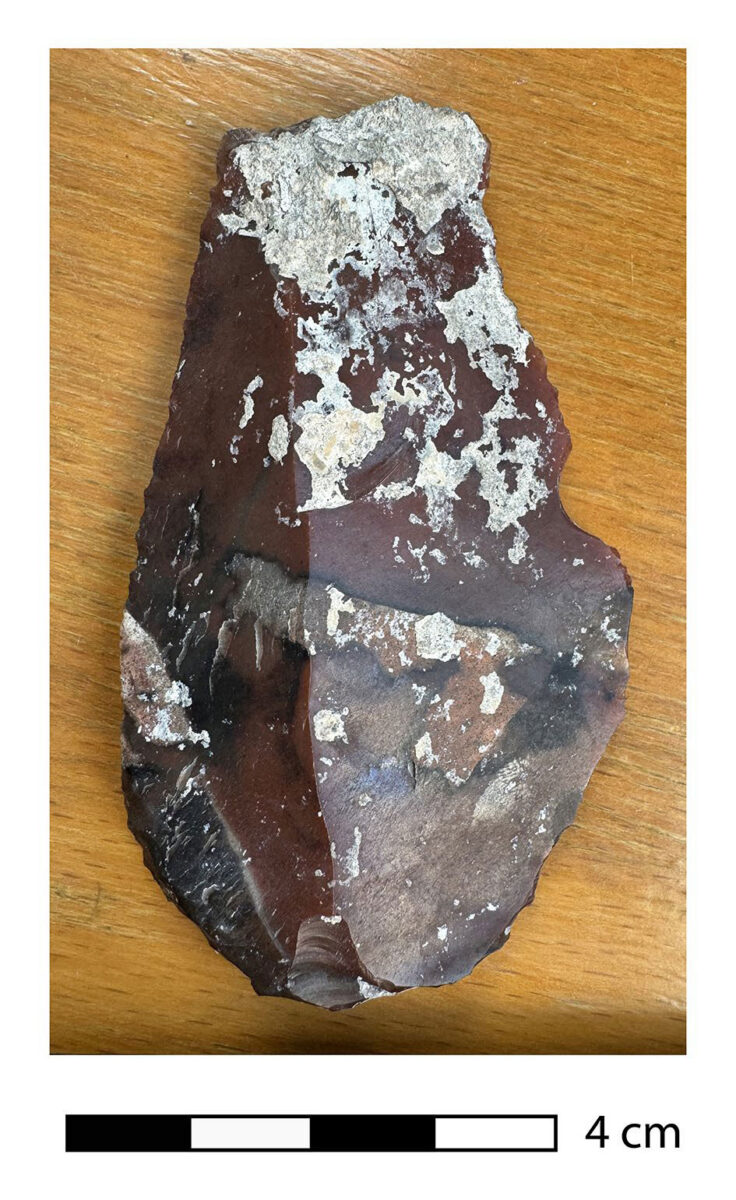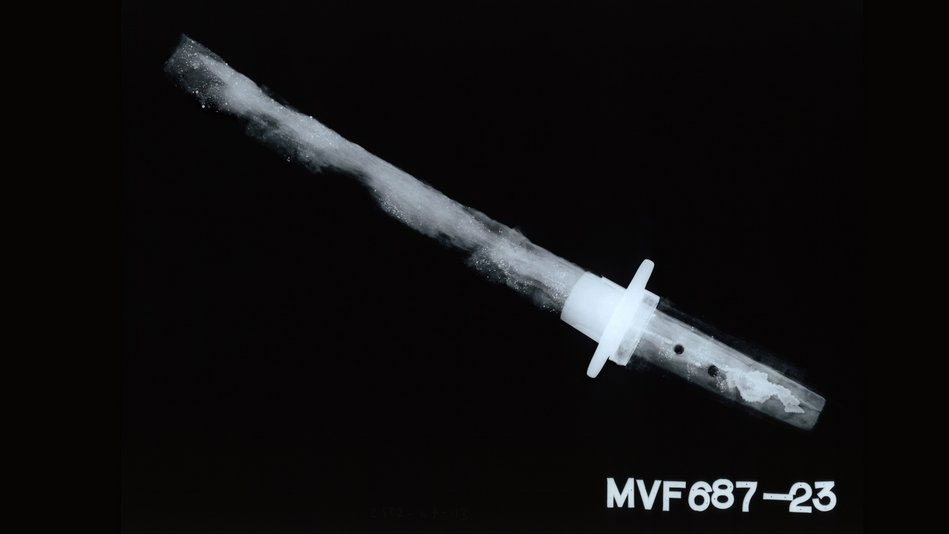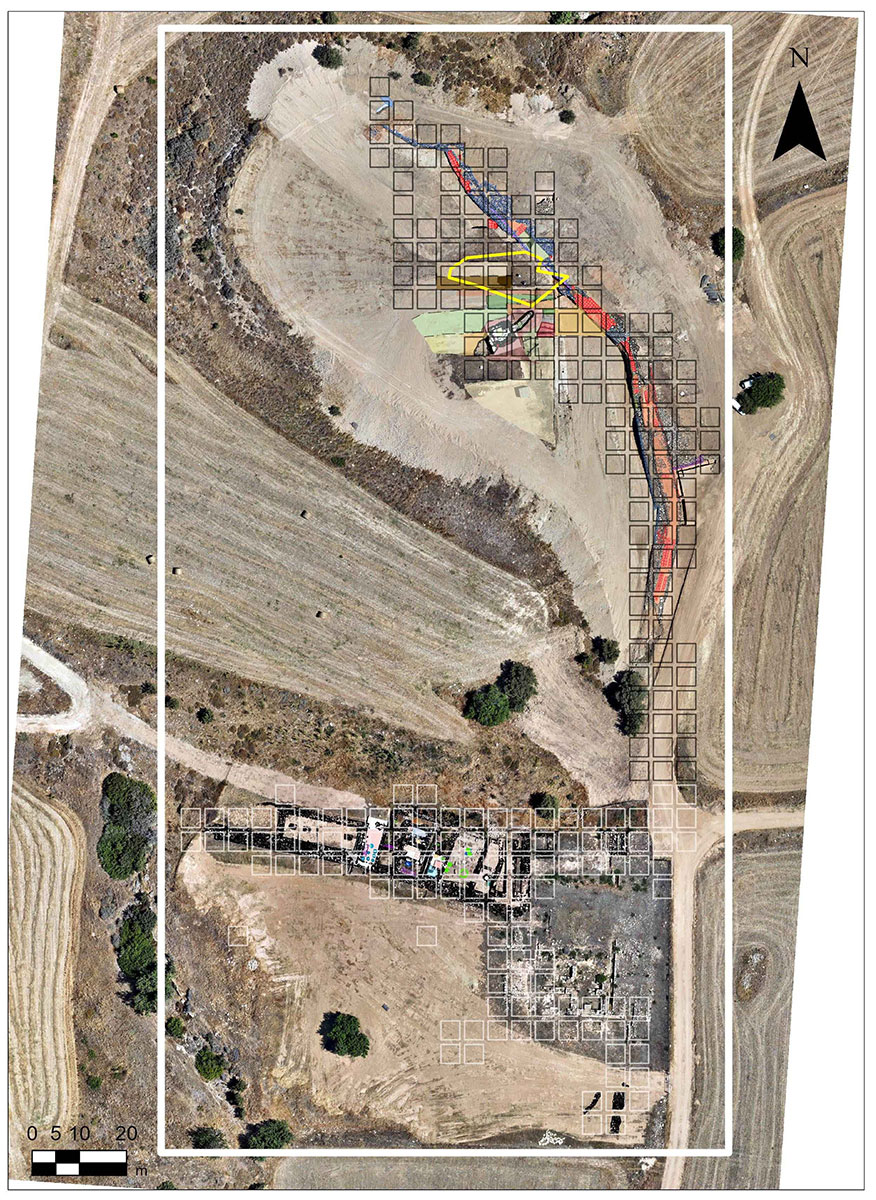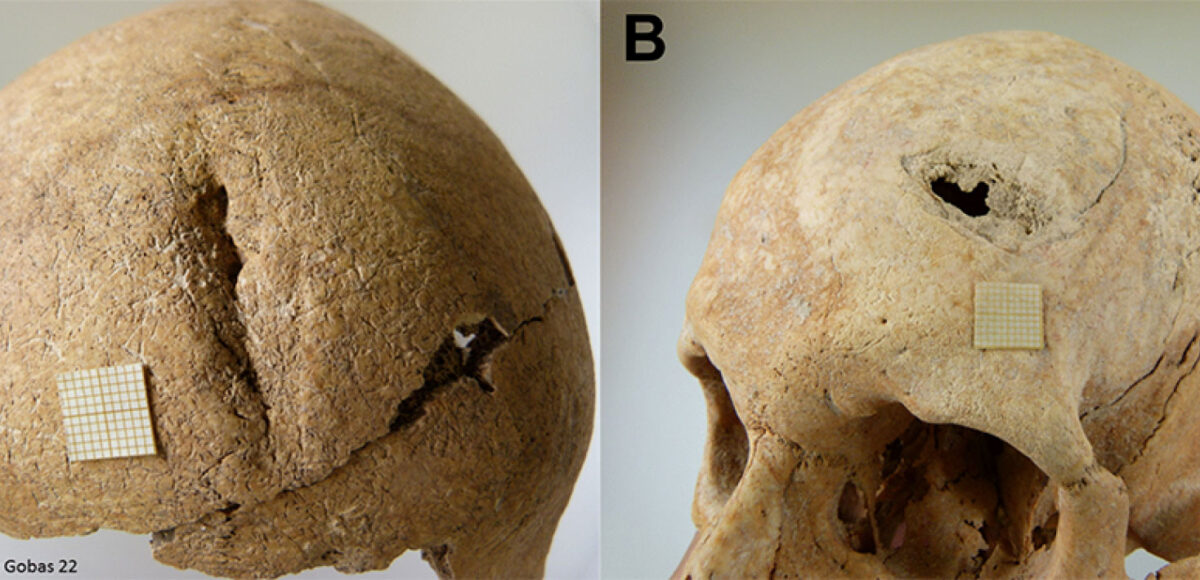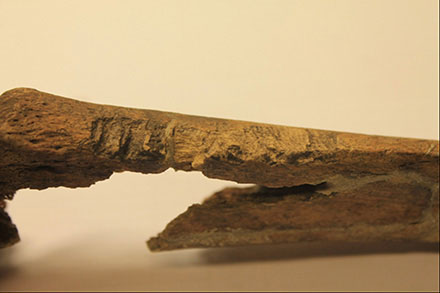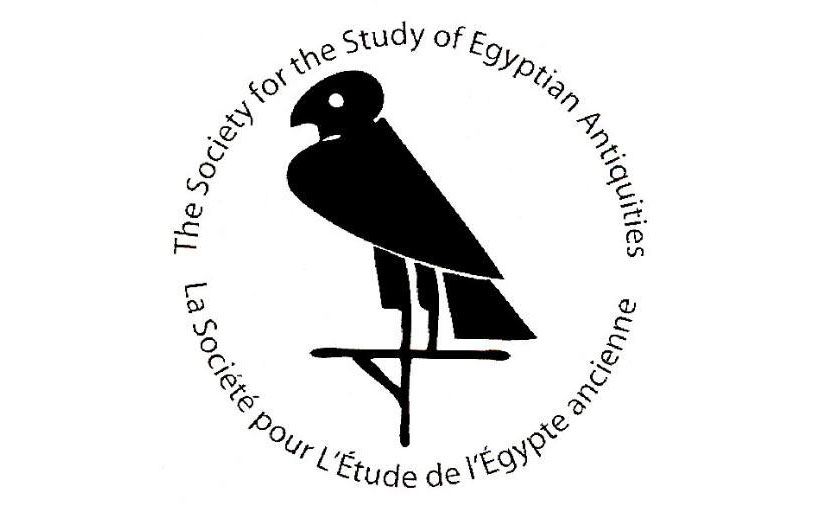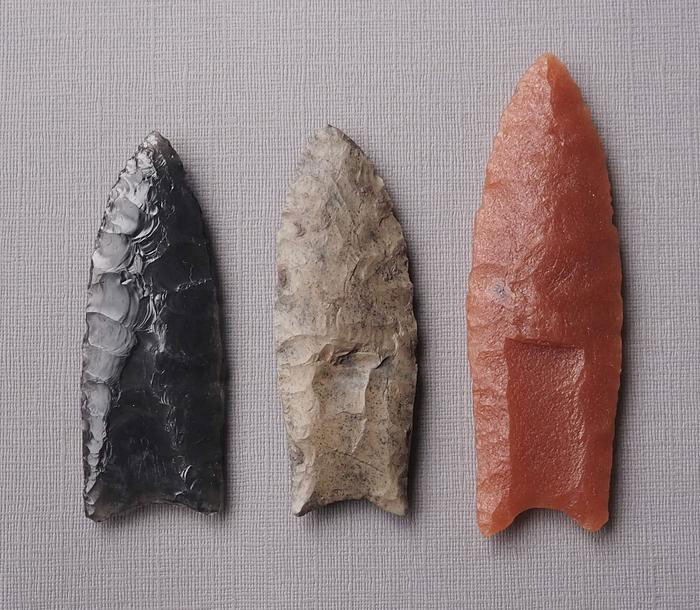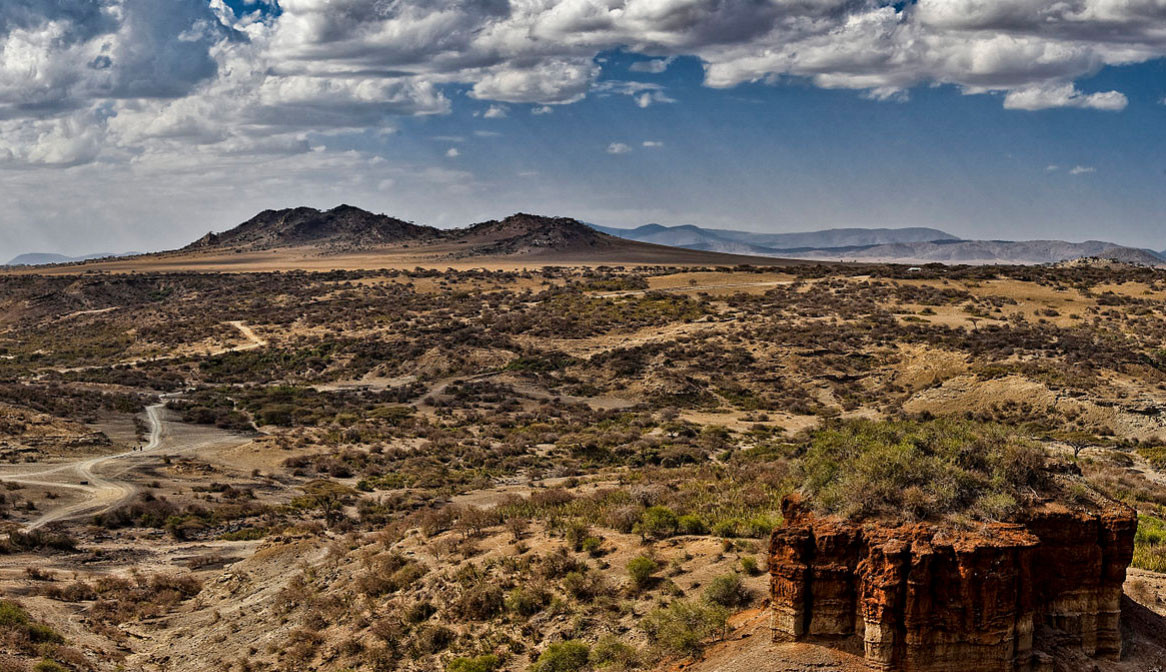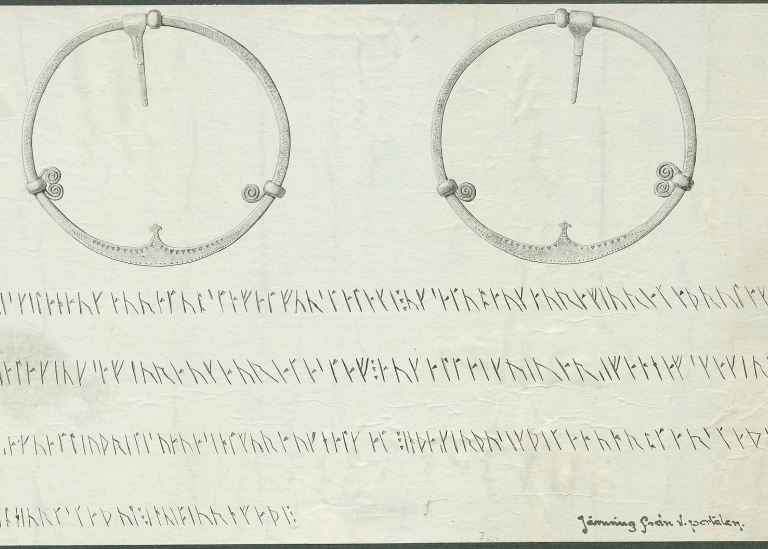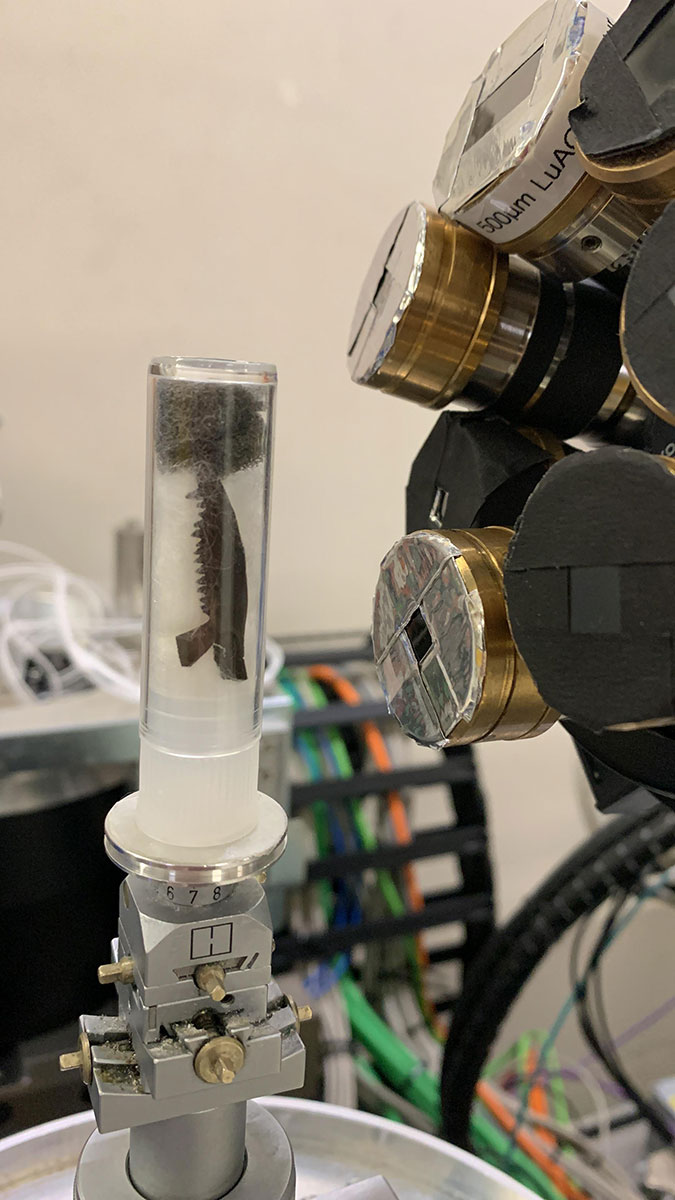Research reveals reality of Ice Age teen puberty
Landmark new research shows Ice Age teens from 25,000 years ago went through similar puberty stages as modern-day adolescents.
Ancient amphora discovered in St. Paul’s Bay
A remarkable discovery was made in St. Paul’s Bay when a bather came across what was initially suspected to be an explosive device underwater.
‘Remarkable’ Pictish ring discovered at Moray fort
A pictish ring has been uncovered at a Moray fort previously thought to have been 'archaeologically vandalised'.
American Indian hunters
The Unseen Museum presents a set of ancient stone weapons and tools, used by the indigenous populations of Northeastern America.
Interesting insights into the routines of an early execution site
Full and partial burials came to light in the course of the ongoing excavations at a former gallows site in Quedlinburg, Germany.
Bacho Kiro Cave excavations
Recent excavations at Bacho Kiro Cave in north Bulgaria have shed new light on the technological and behavioral shifts of Homo sapiens during the Initial Upper Palaeolithic.
Boston Museum returns gold and carnelian necklace to Turkey
The Museum of Fine Arts, Boston (MFA), has reached an agreement with the Republic of Türkiye to return a gold and carnelian necklace.
Theory of violent invasion of the Iberian Peninsula questioned
Research focused on the shift from communal burials in the Copper Age to the single and double tombs of the Bronze Age El Argar society.
Pharaonic Fort Discovered at Tell Al-Abqain, on the Nile’s Western Delta
Military barracks and weapon stores identified at the archaeological site in Egypt's north coast.
300-million-year-old amphibian with scaled tail
Scientists have found a trace of the tail of a diadectid, an amphibian that lived 300 million years ago in the area of today's Sudetes.
The first pit-grave culture discovered in Slovakia
A Slovak-Polish team of archaeologists found well-preserved skeletal remains during the research of the mound embankments near Hatalov.
Makounta-Voules Archaeological Project (MVAP) 2024
From 6 June to 4 July 2024, the Makounta-Voules Archaeological Project conducted a study season, analyzing previously excavated materials.
Diseased Anglo-Saxons received monastic care
An additional 20 intact human burials and the disturbed remains of many more have been discovered by archaeologists excavating a monastery in Cookham.
A submerged bridge in Mallorca
A new study reveals that humans settled in the western Mediterranean much earlier than previously believed.
Sensational discovery at the Molkenmarkt: A wakizashi
In the course of excavations carried out at the Molkenmarkt, archaeologists from the Landesdenkmalamt Berlin unearthed a short sword that was initially believed to be a parade sabre.
Excavations of the University of Cyprus at Palaipafos
The main objective of this year's excavation was to locate the level on which the tumulus of Laona was erected upon.
Endogamy and pathogens in early medieval Spanish community
An archaeogenetic study by researchers from Sweden and Spain sheds new light on the isolated medieval community Las Gobas in northern Spain.
Viking Age: Interpersonal violence more common in Norway
Study sheds new light on how Viking Age societies in Norway and Denmark differed in their experiences with violence.
SSEA/SEEA Annual Colloquium and Symposium
The 48th Annual Colloquium and Symposium will take place in Toronto on the weekend of 1st to 3rd November 2024.
To kill mammoths in the Ice Age, people used planted pikes
UC Berkeley archeologists say the findings might help resolve the debate about Clovis points and reshape how we think about hunting some 13,000 years ago.
Fossil hotspots in Africa and human evolution
New study shows how the mismatch between where fossils are preserved and where humans likely lived may influence our understanding of early human evolution.
New interpretation of runes reveals pricing in Viking Age
A new interpretation of the runic inscription on the Forsa Ring provides fresh insights into the Viking Age monetary system.
Early mammals lived longer
What distinguishes the growth and development patterns of early mammals of the Jurassic period?
August Fool Moon at the Acropolis Museum
The Acropolis Museum celebrates August Full Moon on Monday 19 August2024 with a concert, with Greeksongs about the moon, film music.
